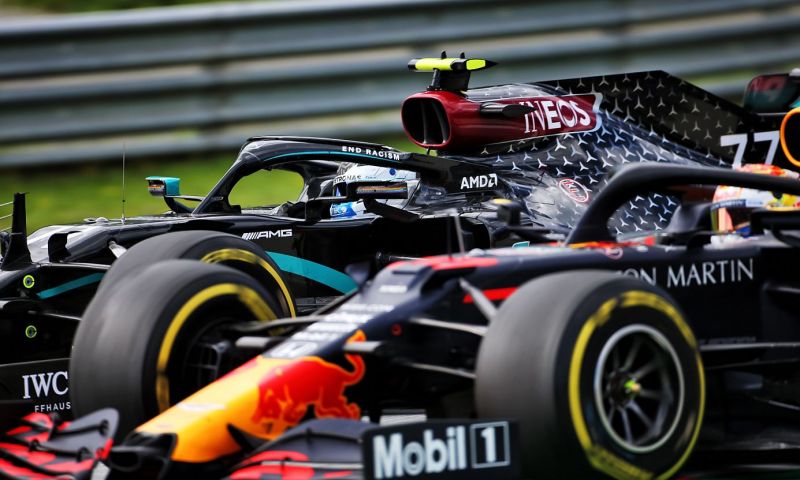General

'ERS limitation in Honda engine is causing Red Bull to lag behind'
- GPblog.com
The RB16 of Max Verstappen and Alexander Albon was fast during the second Grand Prix of the season, but Mercedes again seems to be a bridge to far. But with at least still a nice number of races on the calendar, anything can happen, even in the championship. The intention is to make Verstappen the youngest world champion ever, but the team does have a backlog. This is because they were not up to Mercedes last weekend, which according to a technical analysis is partly due to the ERS.
ERS restriction of Honda engine
Lewis Hamilton had an excellent weekend that he was able to cash in quite easily. He rode away from pole position fairly smoothly at Verstappen and managed to keep the lead. Valtteri Bottas also drove a good race and had more speed, making it relatively easy to pass Verstappen. According to an analysis on the Formula 1 website Red Bull Racing's handicap last weekend was the ERS of the Honda engine.
The circuit in Austria asks a lot from the ERS system about the short lap it is. There are three long stretches without too many turns, so the energy of braking is not absorbed. Because of this, it is not possible to charge the ERS continuously and use it over a whole lap, which gives extra horsepower. At least, the Honda engine has a limitation in this respect.
According to the analysis, the Mercedes ERS system is a lot more efficient, which means that the engine keeps going while the Honda engine runs into max in terms of available capacity. For example, the speed between Mercedes and Red Bull in so-called 'speed traps' varied between 3 to 11 kilometres per hour in favour of the German team.
This difference is due to the fact that the Honda engine does not allow the continuous use of ERS where the Mercedes engine does. This difference in ERS was clearly noticeable in the result. Verstappen could not keep up with the silver arrows on speed and managed to become third by rising (again) above the material.
The good news however is that this ERS difference has a lot of effect on only a few circuits, on most of the circuits that are still to follow it is much less of a factor.
Less downforce at Red Bull
Another aspect that played a role in the Red Bull of Max Verstappen is that the car was able to go fast with less downforce. Red Bull did this to compensate for the ERS deficit. However, the result according to the analysis was again higher tire wear and that together with the aero damage at Max (there was a piece of front wing loose) ensured that Bottas was able to pass the Dutchman quite easily.
Finally the weather didn't help either. Because of the heavy rainfall on Saturday and the cool Sunday, Mercedes took advantage of the conditions where they would have to deal with overheating at higher temperatures. Something that didn't bother Red Bull and Honda.

